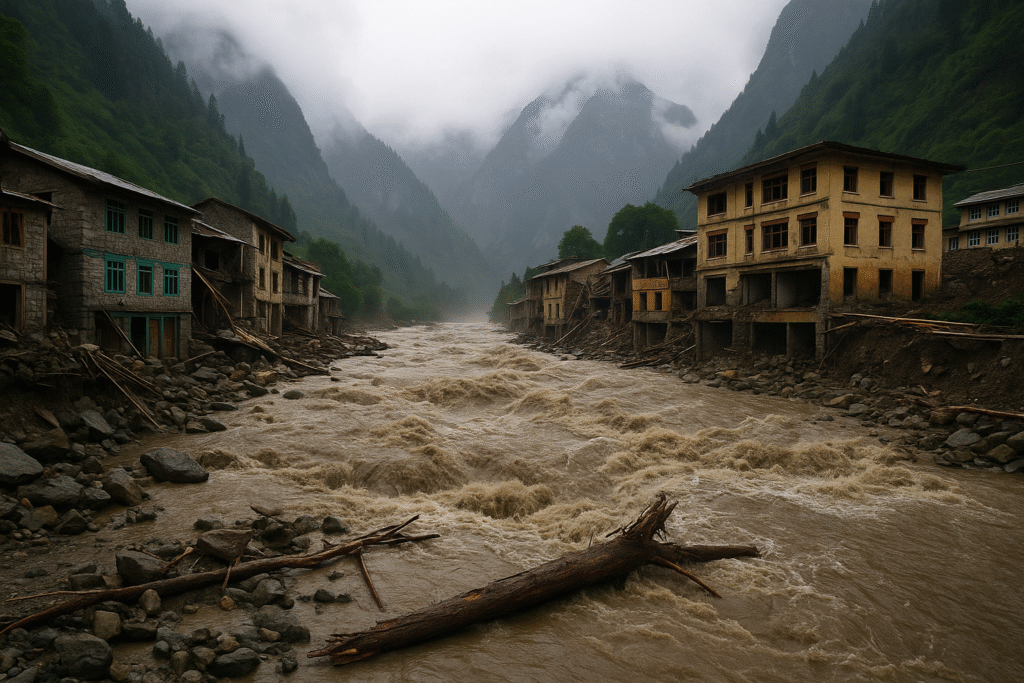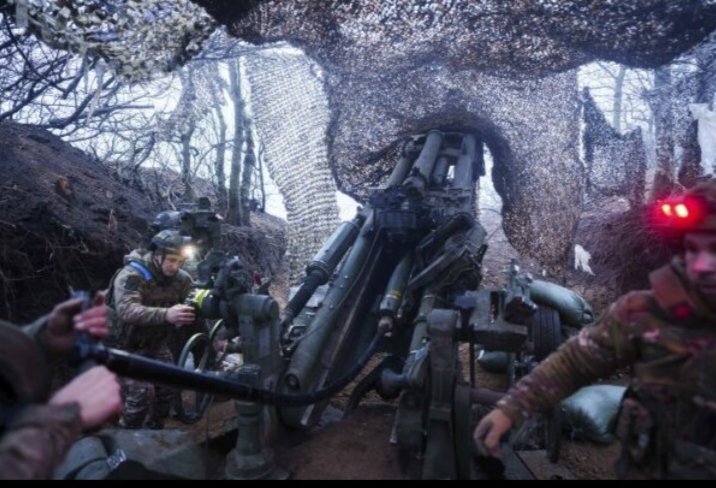The Rasuwagadhi floods have claimed multiple lives and left a trail of devastation across the Himalayan region. Intense rainfall triggered flash floods near the Nepal-China border.
The floods swept through nearby settlements. They caused loss of life, displacement, and damage to infrastructure.
At least 17 people have lost their lives, after catastrophic flash floods struck Rasuwagadhi floods late Tuesday night. Continuous monsoon rains triggered the Bhote Koshi River to overflow. Massive torrents were unleashed. They swept away homes, bridges, and parts of the under-construction Rasuwagadhi Hydropower Project. Authorities fear the death toll may rise as search and rescue operations continue.

“The water came without warning. Consequently, it destroyed everything in its path,” said Dhan Bahadur Tamang. In fact, We still cannot account for many of our neighbors.
Emergency response teams, including the Nepal Army, are assisting rescue and relief efforts. For this reason, the Armed Police Force (APF) and Nepal Red Cross Society are also involved. Helicopters began airlifting survivors from remote areas early Wednesday, while bulldozers and excavators work to clear debris from vital roads.
The Pasang Lhamu Highway, a key artery connecting Nepal to China, has suffered major damage, cutting off access to several villages. As a result, downed power lines have disrupted communication and displaced dozens of families.
Prime Minister Pushpa Kamal Dahal ‘Prachanda’ expressed deep sorrow over the loss of lives from Rasuwagadhi floods and announced an emergency relief package. “Our hearts go out to those affected by this disaster. During a press briefing, he stated that the government fully commits to rescue, relief, and long-term rehabilitation.
Medical teams in Trishuli and Dhunche struggle to handle many patients arriving in critical condition. Local schools and community halls now serve as makeshift shelters to accommodate displaced people.
Experts from the Department of Hydrology and Meteorology have raised concerns after destruction caused by Rasuwagadhi floods. They say climate change is a major factor behind the growing threat. As, melting glaciers are adding more water to rivers, uncontrolled construction near riverbanks is making the situation worse. Together, these issues are causing more frequent and deadly floods in mountain region
Moreover, officials have issued high-risk alerts for Sindhupalchowk, Nuwakot, and Dolakha. Also, Residents are urged to stay cautious and prepare for possible evacuations.
Response and Relief Efforts
Local authorities, along with national disaster response teams, have mobilized to provide emergency aid and evacuate affected residents. Humanitarian organizations are working to deliver food, shelter, and medical care to flood survivors.
Challenges after Rasuwagadhi floods
The remote location and difficult terrain complicate rescue operations. Additionally, ongoing rainfall and unstable ground pose risks of further flooding and landslides, making recovery efforts urgent and challenging.
Conclusion
The Rasuwagadhi floods highlight the vulnerability of Himalayan communities to natural disasters. Therefore, strengthening early warning systems and disaster preparedness remains critical to reduce future risks in this fragile region.


